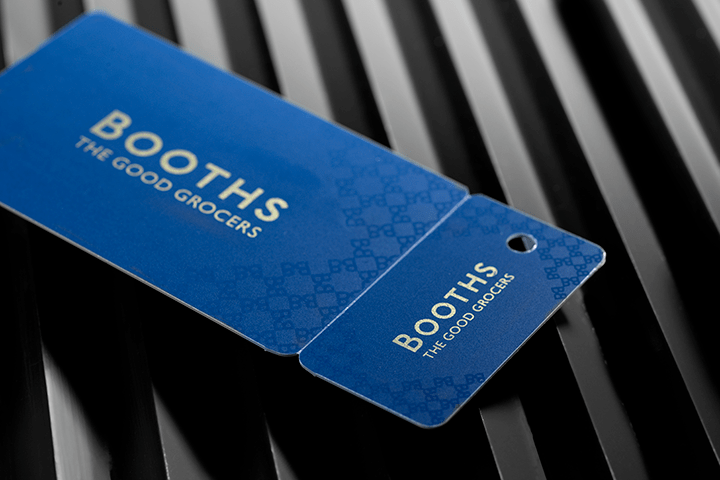Climate change is very much on the agenda in recent years and as such many companies and governments are actively making an effort to reduce their carbon footprint by making the world an environmentally friendly place. These changes have been made in almost every aspect of our lives, from the cars we drive to the way we source energy, and this is no exception when it comes to plastic cards.
Plastic cards are used for a variety of different purposes throughout the world, as they are used for banking, security, identification and more – making them a truly universal product. Because they are used so widely it is pivotal that they are created using sustainable materials and in a method that doesn’t leave a large footprint on the environment. There are a number of methods in which this has been achieved and as a result the process is now safer than ever for the atmosphere.
One of the ways in which carbon emissions have been reduced significantly in the production of plastic cards is through recycling. One of the biggest changes in recent years in the production of plastic cards is that they are used with recycled materials. By using pre-existing materials, the carbon footprint is reduced significantly as there is less of an effort required to produce the plastic which is used. Instead, the materials are melted down and are remoulded, before being treated to ensure they are strong and long-lasting.
In addition to this, many plastic cards are now manufactured with biodegradable materials which are designed to decompose over a period of time, marking a considerable improvement on the conventional 300-1000 year cycle for PVC. Furthermore, many cards incorporate a waterless print process which significantly reduces emissions or harmful compounds released into the atmosphere, meaning that waste management and quality are at their highest.




